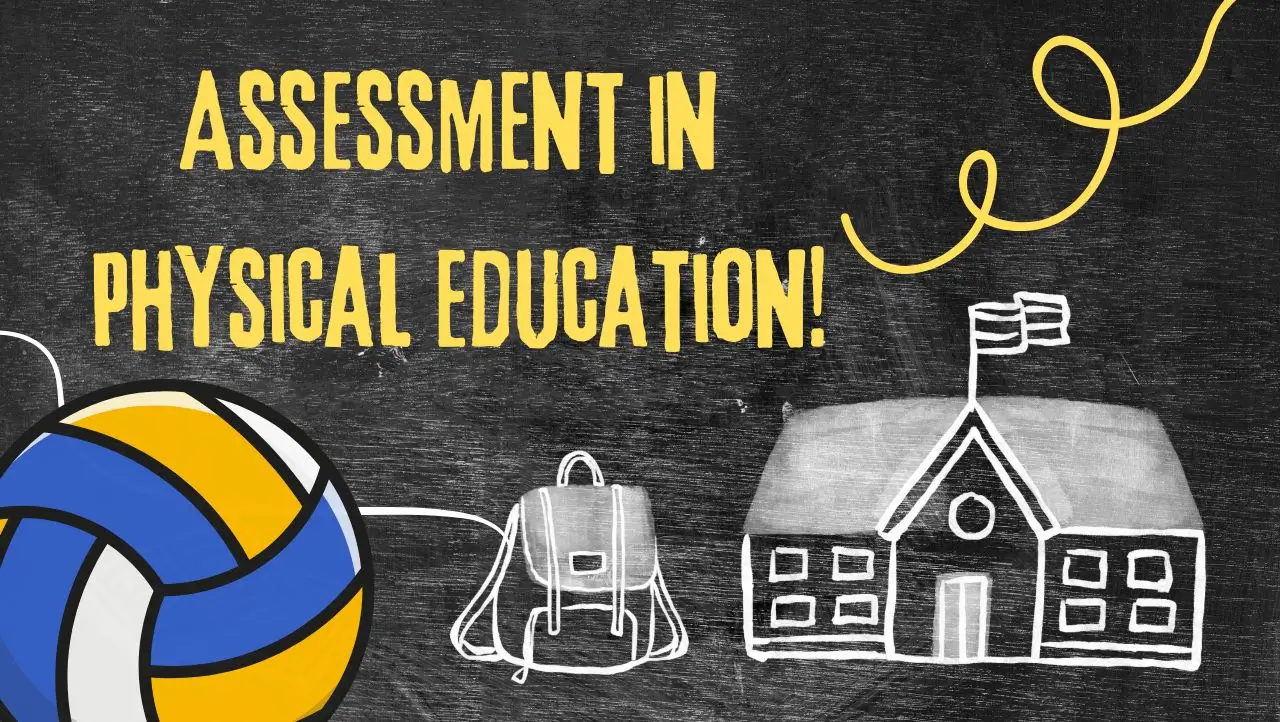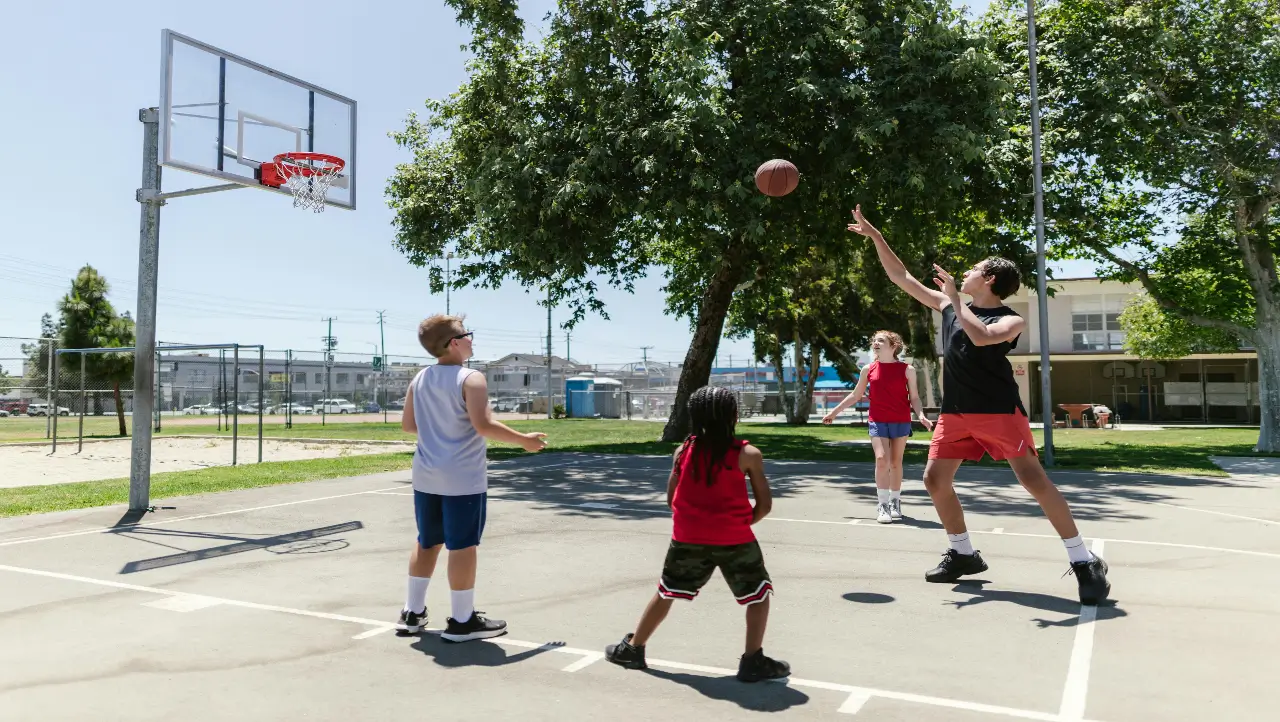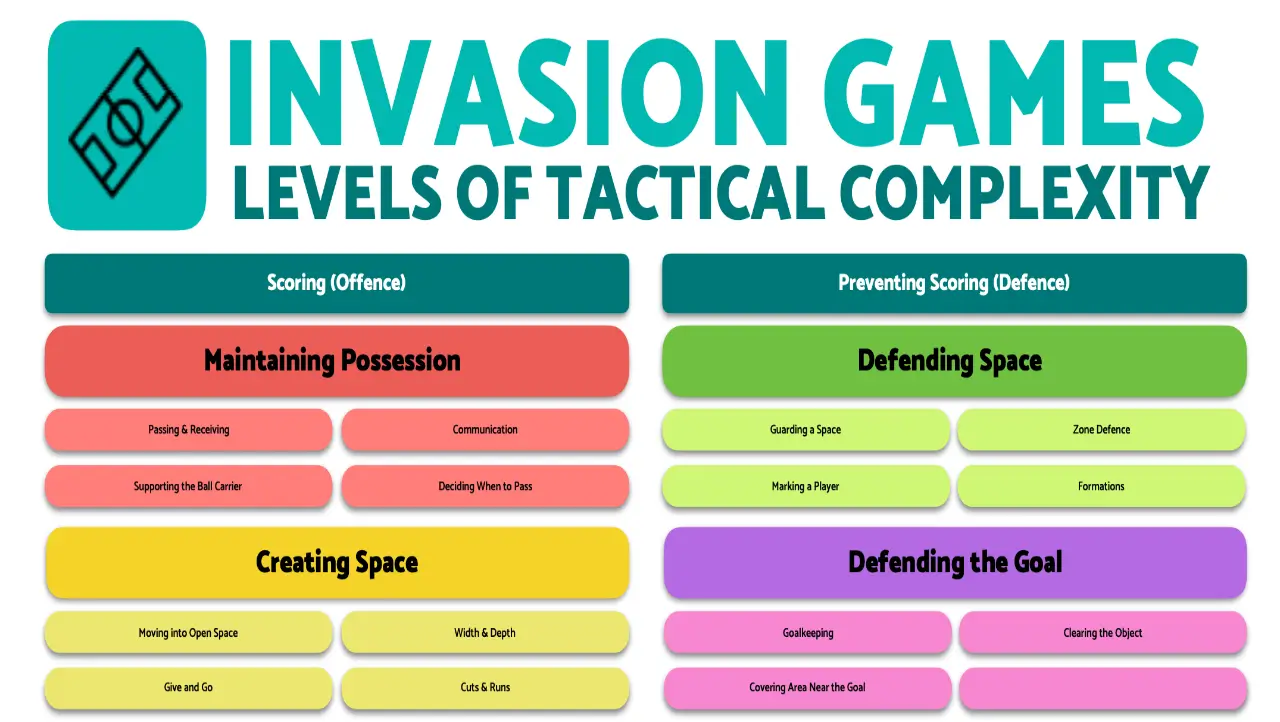Assessment in Physical Education | GPAI
Feb 26, 2024


Kas
Assessments in a practical subject area such as ‘Health and Physical Education’ can be a tricky thing to navigate, especially as a new teacher. Many of us have dabbled in assessment checklists, post lesson quizzes even recording practical lessons (in video) for later review. All have their benefits and uses in certain circumstances but are any of them effective, efficient and reliable?
There are numerous ways a teacher can assess students on their practical ability, like any form of assessment, there are some assessment formats and styles that are better than others. As an early career teacher I personally struggled with selecting an effective assessment type for my lessons. So, I reached out to my mentors for some guidance.
They provided me with a range of great resources and some homework to do on the assessment type known as a “Games Performance Assessment Instrument’ or a GPAI. Oslin, Mitchell, and Griffin (1998) are the creators of the GPAI.
Since my initial exposure to GPAI, I have used it regularly and find it to be one of the best and most effective assessment tools for assessing students during practical lessons and on their tactical and technical objectives. I modify the assessment structure and adapt it to the needs of my lesson but generally speaking, this is my go-to assessment for the middle years.

This article will discuss why I recommend all HPE teachers implement this assessment type in their teaching. The following will also discuss some ways I use it currently.
What is a Games Performance Assessment Instrument?
A GPAI is a tool used to assess students in physical education lessons. A GPAI differs from other assessment types as it is far more accurate and reflects a students ability/ skills in a game scenario. Students are assessed on how they understand the game on a tactical level whilst undertaking the activity. This is opposed to stand alone assessments where students may be required to display or drill a skill and then marked on that in isolation.
Students display tactical and technical skills in a game with other players making the scenario of assessment authentic and accurately display the students ability with pressure of defence and time constraints.
GPAI Definition: The GPAI is a multidimensional system designed to measure game performance behaviours that demonstrate tactical understanding, as well as the player’s ability to solve tactical problems by selecting and applying appropriate skills. The GPAI provides analyses of individual game performance components (e.g., decisions made, skill execution, and support) and/or overall performance (e.g., game involvement and game performance) (Oslin, Mitchell, and Griffin, 1998).
**Why GPAI Are Important? **
GPAI are particularly amazing for assessing students on their tactical understanding, where as most other assessment types focus on just the technical skill. As students get older and more capable, assessing them just on their technical ability does not always identify the high performers in a P.E class. Students who are high performers in the middle school classroom not only display and ability execute the technical skill but importantly are able to do it in the correct place at the correct time, showing their tactical understanding in this process. Similar to a maths test, students get marks for their working out, even if they don’t get the desired outcome or answer. If the intention or thought process was correct students should still be acknowledged for that correct pathway.
A GPAI can do both, it can assess students on technical and tactical outcomes. Instead of just assessing students on whether they display the correct technique of a chest pass, we also look at when and how this student is making that pass in a game setting.
- Are they making the correct decision in that particular time?
- Are they passing to an open or defended opponent?
- What effect do these decision have on the game and success of the team?
This is the strength of a GPAI opposed to other assessment types focused on skill rather than decision making.
This assessment type allows us to promote and acknowledge students who are making the right decisions in a game. Ultimately this displays that students are consciously making decisions based on the learning that is taking place in your HPE lesson, rather than just being on autopilot and playing the game without any real intention or plan.
The thinking behind our decisions is an important skill for students and this understanding will create transfer and success in other areas of HPE and sports that they might encounter. Something else to consider as a teacher of rapidly growing young people, not every child may be as blessed athletically as their peers. Yet these students can still find a great deal of success in sports, if they have a developed and nuanced decision making process during game play.
The old saying comes to mind ‘work smarter, not harder!’.
When talking to students about the importance of decision making, I like to use a few famous examples of athletes who are considered the best in their field but are known for being very un-athletic compared to their peers.
Athletes such as:
- Tom Brady: Selected with the 199 pick in the NFL draft. Put up poor draft combine numbers and known for not being gifted athletically. Has the most Superbowl rings of anyone in history, 7 time champion.
- Wayne Gretzky: Size and strength were far below average for the NHL.His weight was 73 kg (NHL average of 86 kg in that era) 4 time Stanley Cup winner.
The list goes on…. these two mentioned names are known to be the greatest of all time in their sports and some argue the greatest sports people ever. Known for their brilliance on the field and their intellectual ability and decision making in pressure situations.

Its Authentic!
A GPAI is an assessment type that is done whilst students are in a game or activity. This is an authentic way of assessing students, as students have to implement the tactical and technical requirements of the game whilst under the pressure of time, space and defenders. This replicates what a real game would be and makes the assessment far more authentic than asking students to replicate the techniques in a isolated environment or discuss the tactical solutions in a setting that is free of pressure.
You can apply GPAI to any game category. Whether your teaching invasion games or net-court and wall games, GPAI can used across the board. Their flexibility to be used across any domain makes them a fantastic tool to be implemented. Once you create a good foundation of GPAI templates, they can be adapted throughout the year, across age groups and units of work. If you want to know about game categories, please read our article of ‘TGFU’.
How I use Game Performance Assessment Instruments
GPAIs can be used very specifically and I’ve even seen some with formulas to accurately accumulate marks for different areas of achievement. Personally, I modify how I use my GPAI in order to teach both technical and tactical learning outcomes. I do this for two main reasons.
1. Makes things clearer for me as the assessor:
In a very fast-paced game with numerous students, its important to have specific outcomes that are being assessed so they can be identified clearly during gameplay
2. Makes outcomes clearer for students
Students have a clear idea of what they need to do to be successful and understand how they can do that in a game. Students are also aware of what is being marked and what outcomes would not achieve a desired grade.
Clear outcomes for students will increase their ability to be successful. Generally, the outcomes I assess are things we have worked on in the unit of work and things we have identified as a class that are important for the team to be successful. I ensure I model what this looks like, allow students to model what this looks like in a game and lastly try to always show students what this looks like at the highest level, generally choosing one of their favourite sports or athletes to display this via a video.

Example for invasion games:
In my GPAI:
Social Emotional/ TPSR Outcome: Effort
1: Students display a low level of effort and participation (Not focusing, minimal movement)
2: Student displays a satisfactory level of effort and participation
3: Student displays a high level of effort and participation (Enthusiastic play in both offence and defence, communication, active participation)
Tactical Skill #1 Pass & Maintain Possession
1: Student is unable to maintain possession of the ball, makes passing decisions that aren’t effective in gameplay resulting in turnovers
2: Student can maintain possession of ball, student at times makes effective pass decisions
3: Student consistently makes effective passing decisions and is able to maintain possession of the ball in most situations
Tactical Skill #2 Moving without the ball (away from defenders, into open space)
1: Student calls for ball when defenders are present, passes are intercepted or incomplete
2: Students moves at times into space, student displays some success when identifying effective places to receive the ball
3: Student consistently moves into space, becomes a moving target and moves away from defenders to consistently receive a pass
*Note, you can include a technical skill in place for one of the above.
*Students will get a score from 1-3 in each of the assessed categories
Where Can I Get Tactical Outcomes From?
One thing I rely on for a starting point of my tactical outcomes are ‘The levels of tactical complexity’. If you want a free and extremely well-done poster of this please click on this link by IphysEd. (Pictured below)
Check out my article on some of the best HPE resource websites out there, IphysEd is listed for good reason!

Using visual learning such as the levels of tactical complexity poster is important as it can be used as a teaching aid during discussion times and allow students a starting point to figure out why their game broke down or why their team was successful.
It covers all the important areas of tactical understanding puts them in order of importance and sub-categorises them into offence and defence. I use this as a basis for my outcomes and then as a class, depending on our needs we elaborate on these outcomes creating ones that better suit the goals we are striving for our particular students to be successful in their invasion game.
One of the great things about using the ‘Teaching Games for Understanding’ TGFU model is that if you are teaching invasion games again later in the year, you can revisit these tactical components and build on them whilst using a different game. Not only is that a great way to create revision but also important tool to show students how they can use transfer of skills across different game types, which is essentially why we use the TGFU model and why it works so well!
In Summary
- GPAIs work hand in hand with other evidence-based models (TGFU, Levels of tactical complexity)
- GPAI provide clear goals for both students and teachers
- Accurate and genuine form of assessment
- Easy to understand from a student and parent perspective
- Flexible- can be used across year levels and game types
- A great way to incorporate peer assessment
- Have evidence supporting the benefit of the assessment model
- A more structured and effective way to assess student skills in a game scenario
Helpful Resources:
- Fundamental Movement Skills: Flash Cards + Circuit
- Coloured Cones For Teaching P.E! (Amazon Link)
- Coloured Sit Spots for behaviour management! (Amazon)
- How to create a better work life balance?
- Why are minor games important for students to learn?
- Emotional Regulation Posters
- Assessments for P.E- Ready to go
- What are invasion games?
- First time teaching P.E? Heres where to start!
Sources:
- https://journals.humankinetics.com/view/journals/jtpe/17/2/article-p231.xml#:~:text=The%20GPAI%20provides%20analyses%20of,to%20determine%20validity%20and%20reliability.
- https://web.uvic.ca/~thopper/iweb09/GillPaul/Site/Assessment_files/08_J2904_Memmert.pdf
- https://www.iphys-ed.com/resources/
- https://www.thego2teacher.com/blog/are-you-looking-for-some-awesome-pe-resources–content-creator-shoutout/
- https://www.thego2teacher.com/blog/focus-on-transferable-skills-and-not-sports–pe-teaching-tips/
